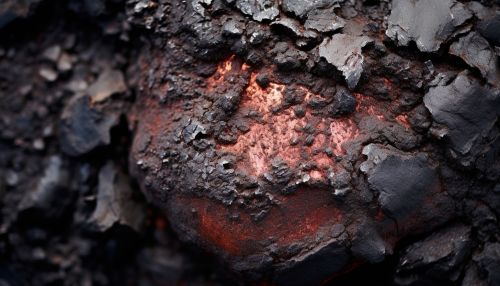Manganese
Introduction
Manganese is a chemical element with the symbol Mn and atomic number 25. It is not found as a free element in nature; it is often found in minerals in combination with iron. Manganese is a transition metal with a multifaceted array of industrial alloy uses, particularly in stainless steels.
History
Manganese was discovered by Torbern Olof Bergman in 1770, who was the first to isolate manganese via the reduction of dioxide with carbon. The element was named by Martin Klaproth who isolated it from the mineral pyrolusite, which is the main ore of manganese.
Characteristics
Manganese is a silvery-gray metal that resembles iron. It is hard and very brittle, difficult to fuse, but easy to oxidize. Manganese metal and its common ions are paramagnetic. This means that, while manganese metal does not form a permanent magnet, it does interact with magnetic fields and retains magnetization after the external magnetic field is removed.
Occurrence and Production
Manganese is the twelfth most abundant element in the Earth's crust. It occurs in many minerals, with pyrolusite (manganese dioxide) and rhodochrosite (manganese carbonate) being among the most common.


Applications
Manganese has numerous applications which impact on our daily lives as consumers. The main uses are in industrial and metallurgical applications, batteries, and chemicals.
Health Effects
Manganese is an essential trace nutrient in all forms of life. The human body contains about 12 mg of manganese, which is stored mainly in the bones; in the tissue, it is mostly in the liver and kidneys.
Environmental Effects
Manganese compounds exist naturally in the environment as solids in the soils and small particles in the water. Manganese particles can be aerosolized by cars and trucks, coal-fired power plants, which can contribute to a high manganese concentration in the air.
